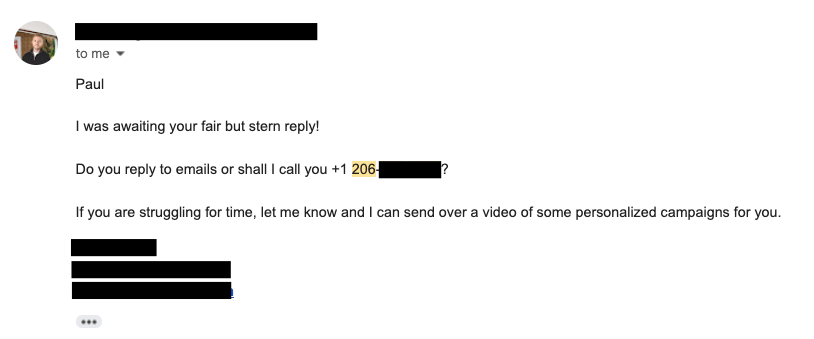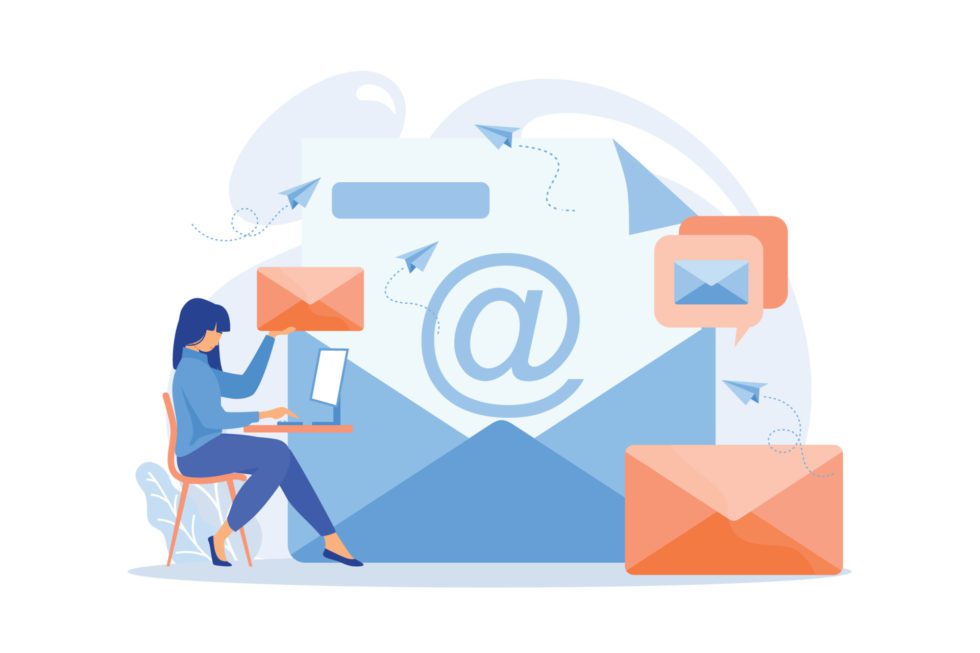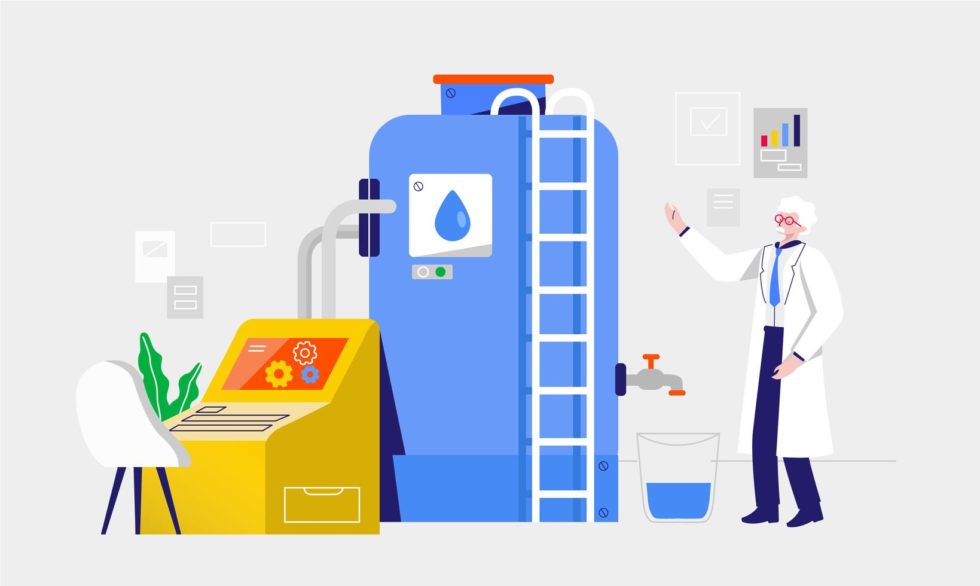Whenever there is a big moment in the email space, everyone likes to have an opinion. The sale...
Don’t freak out
As to not bury the lead, Don’t freak out! There are new rules from Google and Yahoo and email marketers are concerned that if their spam rate goes above 0.3%, then their emails won’t be delivered.
Lets’s start there. Based upon a sampling of 5,869,215,746 sends from a variety of brands over the last three months, there were 2,525,741 SPAM complaints and unsubscribes. This ratio reflects a spam reporting rate of 0.04% which is 7.5% lower than the rate that both Google and Yahoo enforce on brands.
The details.
The above rate isn’t perfect. There was some data contortion that had to take place. Those contortions are outlined below for the nerds:
- Gmail does not offer a traditional feedback loop, so it’s impossible to know which Gmail address marked your email as spam. Therefore, all Gmail addresses were excluded from queries that derived these results.
- Unsubscribe and spam complaints are stored in the same table. They play a similar role in some of our algorithms. The conflation of the two event types results in a larger numerator.
- Business-hosted Gmail domains were included in the set. The emailers that exist in our data pool target B2C addresses. This results in a larger denominator.
While the above rate is far from perfect, it is a good benchmark to start the article about deliverability.
Who are these changes for?
The purpose of this increased scrutiny is to reduce the number of bad emailers from the ecosystem. By putting up more barriers to entry, less unwanted email finds its way to your inbox.
Will the good guys be impacted?
So yeah, it is possible, but good email marketers have:
- Already authenticated their domain
- A low SPAM complaint rate
- Their IPs in order
- Emails that comply with RFC standards
But the SPAM rate is unpredictable
Sure, but a 0.3% SPAM complaint rate is very high,VERY HIGH. Most of our emailers hover at a maximum ceiling of about 0.1%, and industry articles reinforce that ceiling, so both Google and Yahoo are saying that emailers operating at three times the maximum SPAM complaint rate shouldn’t land in the inbox and will not impact the “good-guy” emailers.
Industry Response
The response from the industry has been formidable. With responses ranging from “email is dead” to, “just another brick in the wall.” One email expert. Taz, from Howden Insurance Local UK, said “Email isn’t going anywhere, everyone just needs to chill the crap out, we are gonna be OK.” Reflecting a growing sentiment against the “Chicken Littles” of the email world who are claiming that the “Email sky is falling.”
Who will be impacted?
Spammers
Spammers will be impacted. If you are sending emails to people who haven’t asked for it, then you are sending spam, and you will be impacted.
Political Senders
Email marketers have to comply with CAN-SPAM, CPRA and in some cases, GDPR. Political senders do not have the same rules placed on them legally. With that said, they will have to comply with the same deliverability rules as email marketers.
Smaller Emailers on cheap and cheerful ESPs that have shared IP addresses.
ESPs targeting the SMB market often attract a less sophisticated marketer than those at enterprise brands. List composition, modifying DNS entries, and shared IP reputation is going to be more difficult for these marketers.
B2B Cold Outreach
Over the last six months, the volume of cold email outreach coming into my inbox has increased 10 fold. Maybe the increase is because of artificial intelligence has made it so much easier to send email. While it is legal to email B2B addresses with cold outreach emails, this is the number one type of email that I report Spam on.
For example, I reported spam on this little gem last week, and as it turns out my colleagues did as well.

Why did I report it?
This email felt REALLY, REALLY aggressive. They used my personal information in the plain text of the email to try and get me to respond. I didn’t ask for this email, they pushed their way in and gave me the ultimatum that they were going to call me on the phone number that they found in a list provider for me if I didn’t respond. Gmail will make emails like the above land directly in your spam folder.
What should you do?
Don’t ignore the new rules
Don’t panic about these new rules, but….
Keep following the good email hygiene practices that you already follow
What are those practices?
- Use email verification services to clean your list when an email is collected.
- Drop emails from your active file that are not engaging with you.
- Use services like AudiencePoint’s ListFit to select which emails you should be trying to reactivate.
- Monitor your deliverability rate with tools like the AudiencePoint Inbox Signal Score and Google Postmaster tools.
- Confirm that your marketing content is going on a different sending domain than your corporate email. So use m.mycompany.com instead of just mycompany.com
Conclusion
Remember that email is the highest-yielding ROI in digital marketing. Follow the rules and do your job well and you will drive revenue. Entire business have been built with email marketing. As with anything new, email marketers are going to have to adapt to their ever-changing marketplace. That said, marketers can sleep easy knowing that they are the force driving their companies’ balance sheets.



